![]() Blast wave Interactions with Soft Tissue Matter
Blast wave Interactions with Soft Tissue Matter
PI: Prof Bala Balachandran
Background
The interaction of blast waves with the human head involves propagation of nonlinear stress/strain waves within the brain, and this propagation is characterized by the transfer of a large amount of energy at high strain rates in a short time window. Experiments with swine and rat brain tissue subjected to tension, compression, and shear loads indicate that brain tissue behaves as a nonlinear visco-elastic material. Brain tissue material nonlinearities and heterogeneity are likely to produce localization of stresses and strain, and this localization may help understand mechanisms of brain injury.
Current Studies
The current studies have been carried out with the aim of developing reduced-order models to aid the following: i) obtain fundamental insights into wave propagation phenomena in the skull-brain system, ii) understand the influence of nonlinear viscoelastic properties on the dynamic behavior of rodlike structures, and iii) experimental characterization of soft tissue. The spatially one-dimensional studies are based on multi-degree-of-freedom models, while the spatially two-dimensional studies have been carried out by using a finite element package (see figures for model description and results).
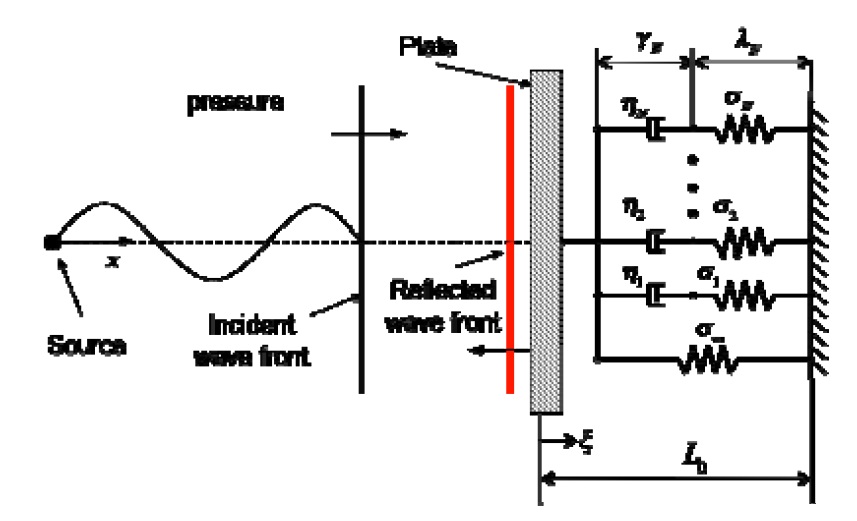
Model for Studying Wave Interactions with Plate Supported by Nonlinear Visco-elastic Element
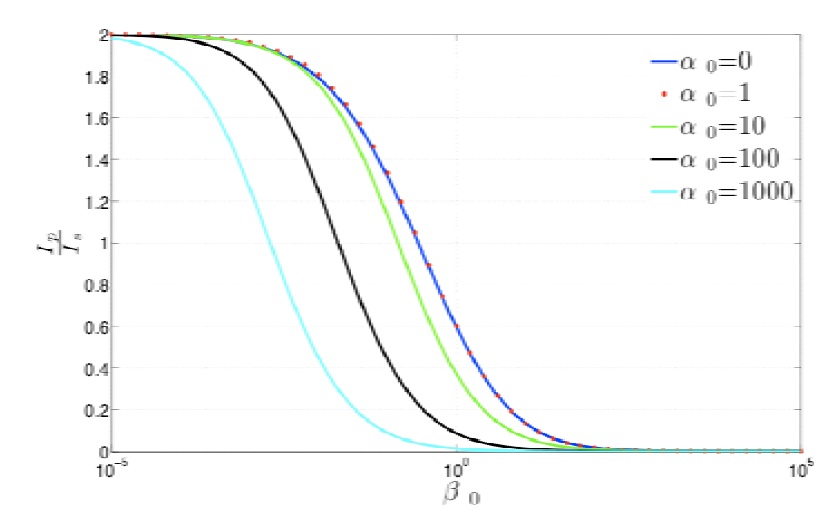
Ratio of impulse transmitted to excitation impulse acting on plate supported by nonlinear visco-elastic element. Such charts can be modified by using empirical factors to account for air compressibility effects.
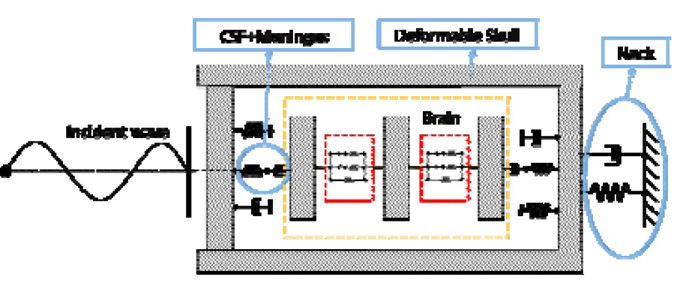
Multi-Degree-of-Freedom Model for Studying Response
of Skull-Brain System to Blast Waves.
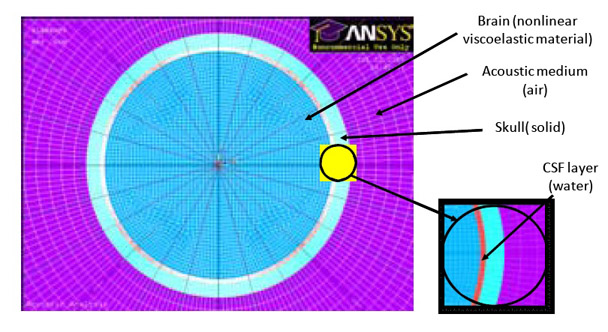
2D Finite Element Model for Studying Blast Wave Interactions in Skull-brain System.
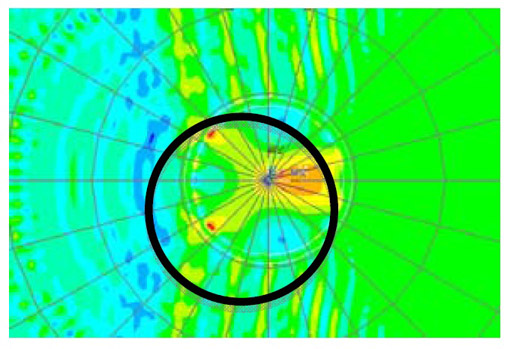
Results of Finite Element Studies Showing Wave Propagation
Inside the Head (Black Cylinder).
The predictions of the reduced-order models can help understand the role of material nonlinearity in determining the blast response as well as guide the formation of a complete response picture through detailed three-dimensional simulations.

